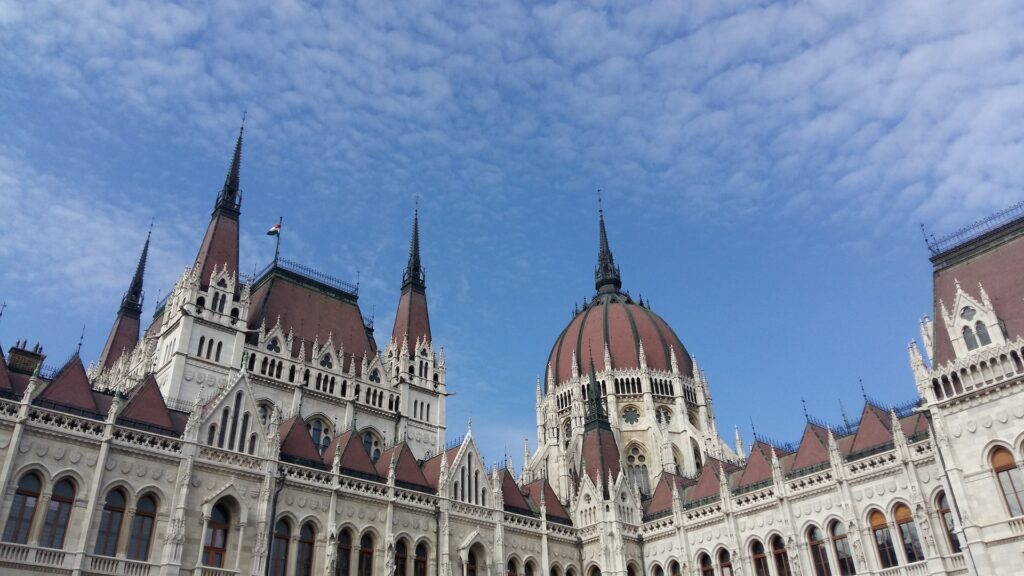A History of the Hungary Grand Prix
The Hungary Grand Prix, officially known as the Formula 1 Magyar Nagydíj, is a prestigious motor racing event held annually in Mogyoród, near Budapest, Hungary. First held in 1986, the Hungarian Grand Prix has become an integral part of the Formula 1 calendar, attracting fans and drivers from around the world. Let’s take a closer look at the rich and exciting history of this iconic race.
The idea of hosting a Formula 1 race in Hungary was conceived in the 1980s, during a time when the country was still under communist rule. The government saw the event as an opportunity to showcase Hungary’s rising prominence in the international sports arena. The circuit was designed within the grounds of the Hungaroring, a motorsport race track situated 20 kilometers northeast of Budapest. The inaugural race took place on August 10, 1986, making it the first international motorsport event held behind the Iron Curtain.
The race featured legendary drivers such as Nigel Mansell, Ayrton Senna, and Alain Prost, who quickly recognized the potential of the Hungarian Grand Prix. The Hungaroring circuit, known for its tight and twisty layout, provided a challenging track for both drivers and teams. The circuit’s hot and dusty conditions also added an extra element of difficulty, often pushing drivers to their limits.

Over the years, the Hungarian Grand Prix has witnessed some unforgettable moments. One iconic race was in 1997 when Jacques Villeneuve, driving for Williams, successfully defended his pole position against fierce competition from Michael Schumacher. In 2006, Jenson Button secured his first-ever Formula 1 victory with a stunning display of skill and determination at the Hungaroring. These moments have contributed to the race’s appeal and enduring legacy.
The Hungarian Grand Prix has also been home to several unexpected twists and turns. In 2006, during the qualifying session, Fernando Alonso encountered a mechanical failure that saw him start from the back of the grid. However, the Spaniard managed a masterful comeback, finishing in third place and securing crucial championship points. Such surprises make the race highly unpredictable and intensify the excitement for both fans and drivers.
The Hungary Grand Prix has not only been a platform for thrilling races but has also played a significant role in the career of many drivers. Legendary driver Michael Schumacher holds the record for the most wins at the Hungarian Grand Prix, with four victories between 1994 and 2004. Other notable winners include Ayrton Senna, Lewis Hamilton, and Sebastian Vettel. The race has proven to be crucial in shaping the championship battles, with many victories proving decisive in the quest for the driver’s title.
Moreover, the Hungarian Grand Prix has transformed the racing scene in Hungary. The event draws a massive influx of tourists, generating substantial revenue for the local economy. It has also spurred an increased interest in motorsports, resulting in the emergence of talented Hungarian drivers. These drivers, such as Zsolt Baumgartner and Norbert Michelisz, have gained recognition and opportunities to compete at international levels, bolstering Hungary’s motorsport legacy.
In conclusion, the Hungary Grand Prix has had a remarkable journey since its inception in 1986. From its humble beginnings as the first international motorsport event behind the Iron Curtain, the race has grown in stature, attracting top drivers, memorable races, and an ever-increasing fanbase. It has become an integral part of the Formula 1 calendar and a source of national pride for Hungary. As the rich history of the Hungarian Grand Prix continues to unfold, fans and competitors alike eagerly anticipate the next chapter of this prestigious motor racing event.